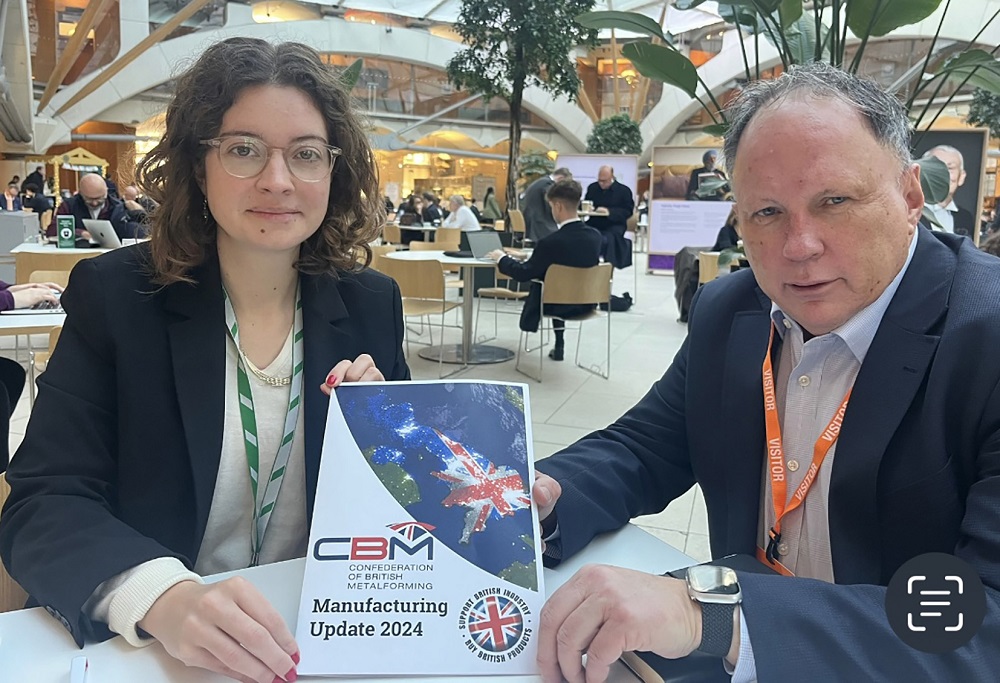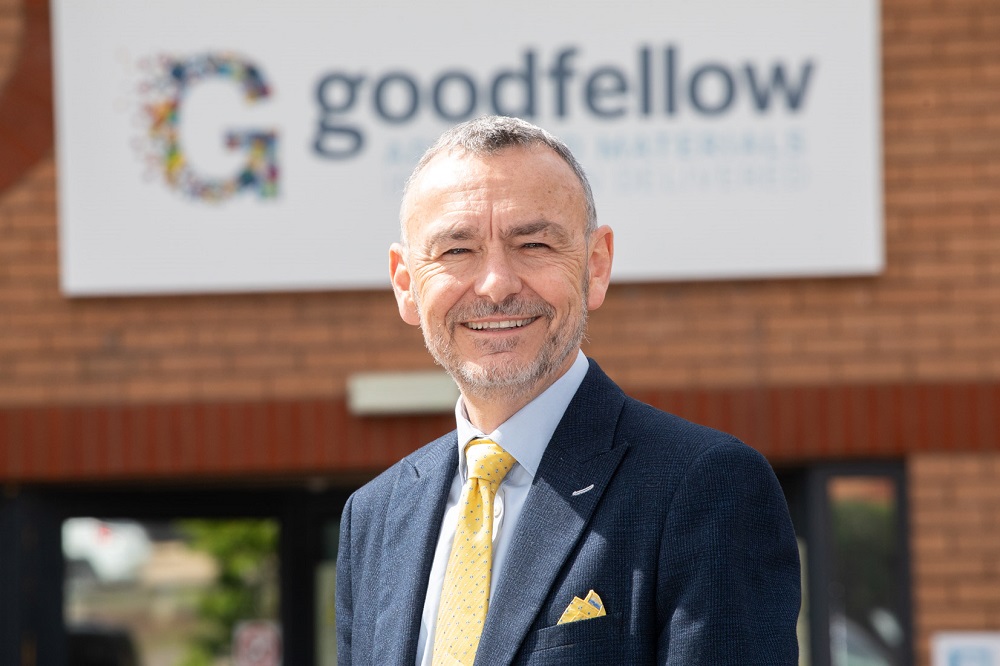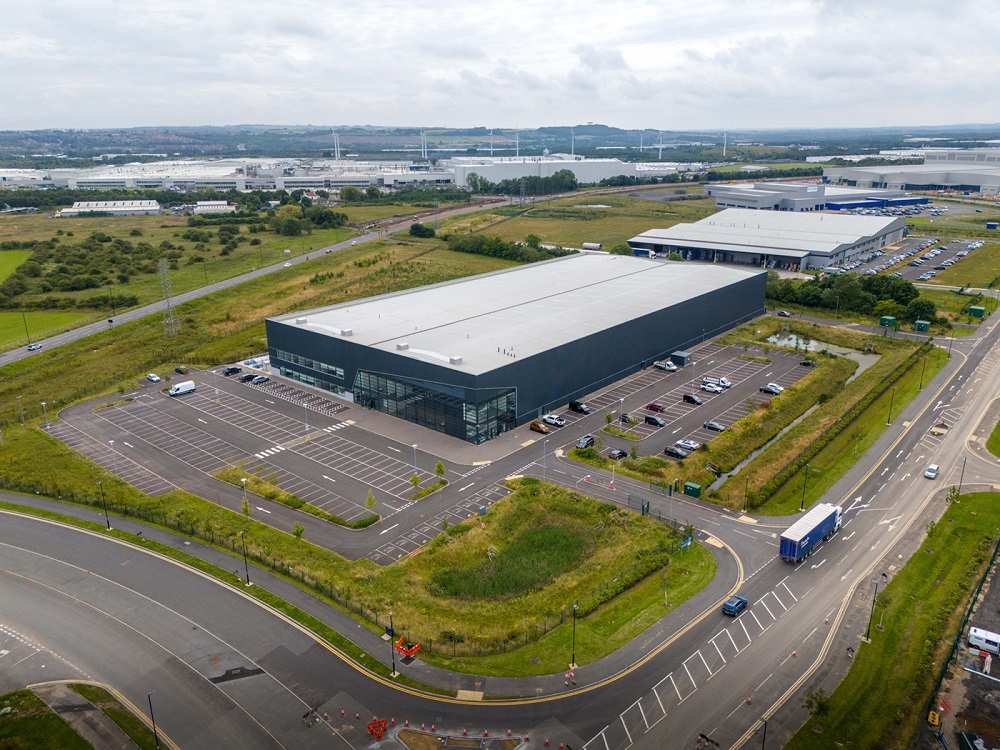Bentley Motors has been namedon the UK Top Employer 2025 list, underscoring the company’s commitment to developing an increasingly innovative and inclusive workplace. It is the 14th consecutive year that Bentley has appeared in The Top Employer Institute’s list. This year, Bentley has been listed for exceeding benchmarks in its approach to strategic direction, working environment, learning and development, as well as diversity, equity, inclusion and belonging (DEIB). Bentley’s progress reflects the company’s ongoing effort to achieve key goals in its Beyond100+ strategy, announced in November 2024, alongside plans for the brand’s first fully electric car in 2026.More information www.bentleymotors.com



















